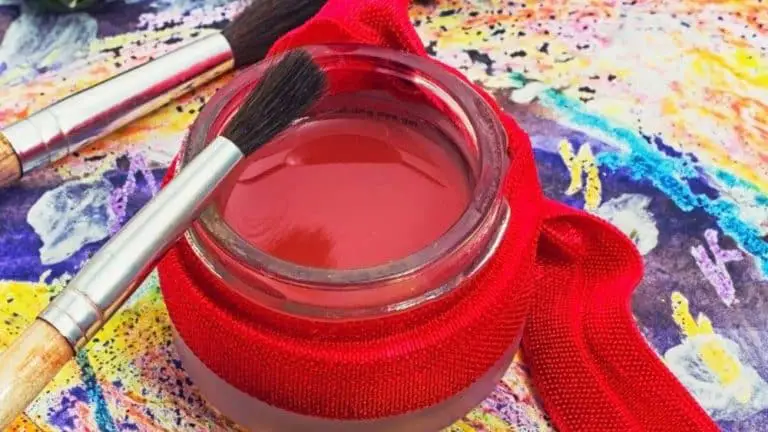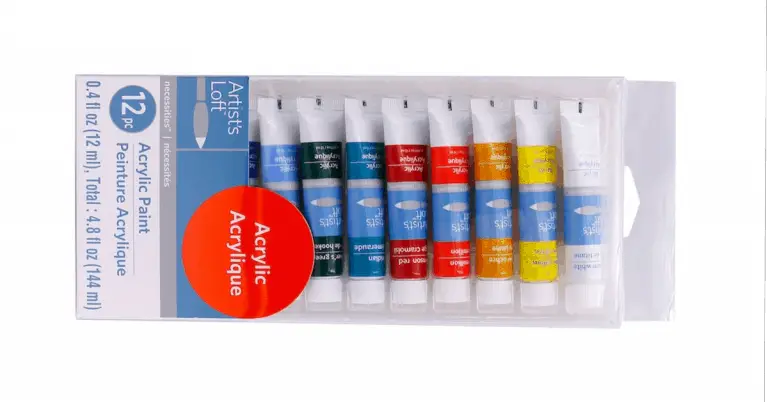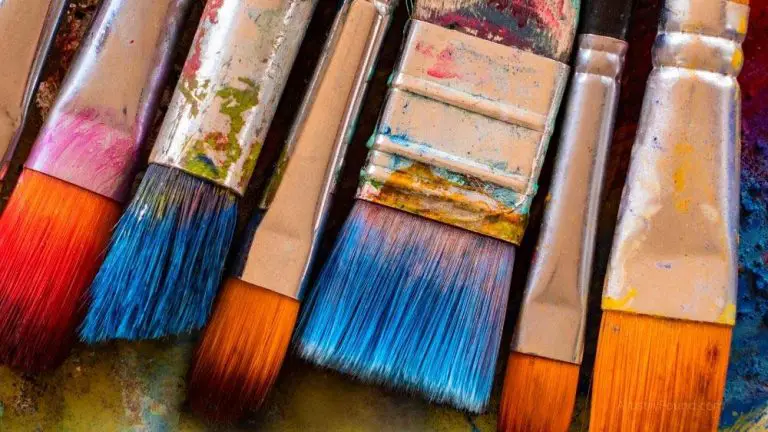Can You Sell a Painting of a Celebrity? (Explained!)
You’ve no doubt seen paintings others have done of well-known people (actors, musicians, and other public figures), and are inspired to paint one yourself. No problem with that, but from a legal standpoint you may be wondering, can you sell a painting of a celebrity?
You can sell a fine art painting of a celebrity as long as it is a transformative work of art. This means it needs to be artistic in nature, not just a faithful likeness. The painting cannot copy an existing work of art (including a photo), and cannot interfere with a celebrity’s “right of publicity”.
Since this is different from taking a photograph for a newspaper or magazine (which is covered by “editorial usage” laws), there are different rules to follow in the art world, but this isn’t an impossible task.
If you do not have actual permission from the celebrity, then you need to tread lightly. Let’s walk through some of the legal issues surrounding painting a celebrity portrait.
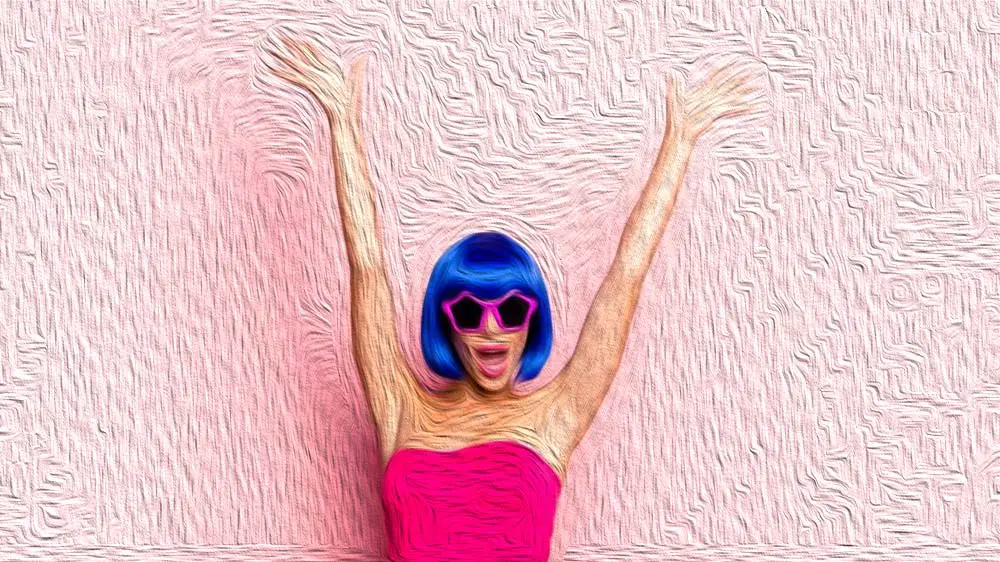
(This article may contain affiliate links and I may earn a commission if you make a purchase)
Legal Protection for Artists and Celebrities
Both parties involved (the artist and the celebrity) have the right to earn a living, so each must remain within the confines of the law for their respective fields. There are guidelines for both artists and celebrities on what is and is not allowed when it comes to creating a celebrity based, creative work of art.
This is a bit of a gray area, however, so each side must be careful before taking legal action or selling a piece of art for monetary gain.
Right of Publicity (Celebrities)
Celebrities have what is known as the right of publicity. FindLaw defines the right of publicity as “an individual’s right to control and profit from the commercial use of his or her name, likeness, and persona.”
This publicity right means that celebrities, public figures, and influencers have the right to the commercialization of their name, personality, image, and things falling under those types of categories. A company cannot just use a picture of a famous person for profit without compensating him and getting permission.
When someone’s actual identity is involved and has the potential to damage a real person’s image in some way (inadvertently or not), then there do need to be special standards in place.
Disney Characters
While Disney characters are technically not real life celebrities, they are worth mentioning here because the same right of publicity applies. Disney has the right to solely profit from a copyrighted character and is known for protecting the copyrights of their Disney characters vigorously.
The same can be said of other created characters, whether they are animated or real-life actors portraying a character they created. An example of this would be comedian/actor Jim Carrey’s character Ace Ventura. This is a persona created by Jim Carey, and he has the sole right of publicity to earn money from his creation.
Freedom of Speech (Artists)
Artists, on the other hand, are protected by “free speech” (First Amendment) laws. When we think of “free speech,” we typically think about the words we say or write being protected from censorship. However, free speech expands across many different types of creative expressions.
According to Freedom Forum Institute, the First Amendment can cover many different forms of the arts, such as:
- Plays
- Music
- Dance
- Film
- Poetry
- Illustrations, paintings, sculpture, etc.
Thankfully, this is the case; otherwise, there would be a whole lot less news, amusing parodies, and iconic pieces of artwork that we have come to know and love today!
The Press vs. Painting
The press/paparazzi and painters, however, are not considered the same under the First Amendment. As they each have varying degrees of expression with different output, they are held to different standards.
Journalist, press, and the paparazzi fall under the “free press” clause of the First Amendment, and can publish and sell celebrity images because they are part of a story about what that particular celebrity is or is not doing. As it relates to a story, and is “news,” the press is a bit more protected from intervention.
It’s pretty unlikely that an artist would create a painting of a celebrity in a way that would be protected under the freedom of press clause.
Painters fall strictly under the “free speech” clause because they create art not attached to a news story or publication.
They’re subtle differences, but it is clear that you have to be much more careful as a painter than you do as a journalist or paparazzi.
Government vs. Private Action for Sold Paintings
When it comes to these restrictions and the actions that can be taken in terms of lawsuits, some differences exist between what the government might do and what the actual individual might do.
Government Action
The rules and regulations on selling artwork or even fan art can vary by the state within the U.S. Someone who painted 1,000 portraits of Michael Jordan in Florida might be ok, but those same 1,000 portraits might not be allowed in California. So there are some subtle differences between states.
The greater the work’s expressive content, the more protected by the First Amendment a piece of art may be.
According to the Freedom Forum Institute, the government will intervene based on the weight of its interest in the matter as well as regulations. The government may intervene if someone starts making a clothing line that features iconic Michael Jordan prints and photos based on copyright law, but not a street artists drawing various celebrities with an abnormally large head and a tiny body.
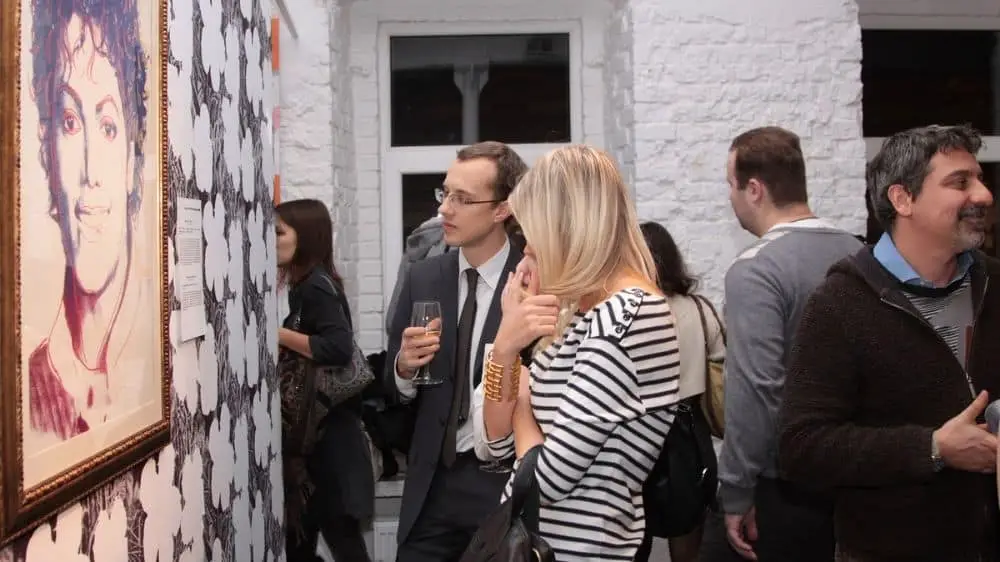
Individual Intervention
The government has some reach, but in terms of its priorities, it isn’t very likely that they would intervene with an artist creating work with their own expression and selling the pieces. The person who is on the painting, however, could still take legal action.
If someone paints a celebrity portrait based on a photo of the celebrity and sells them for money, that would be considered infringement of intellectual property, and a photographer could take legal action against the painter. The original photograph is a copyrighted work, and the photographer is the copyright owner.
Over time, an artist will have seen hundreds if not thousands of photos and images of a particular celebrity, so if the image and celebrity always change, it’s unlikely that a photographer will find and sue an artist for copyright infringement of a single painting. But if your intention is to create and sell a large quantity of art prints from the painting, you’re getting into dangerous territory.
Like the photographer, the actual celebrity has the right to decide what type of action to take. If he or she catches wind of an artist selling lots of paintings and they’re only of the same celebrity, then there could be grounds for a lawsuit. If the artist is making most of his or her money off a single celebrity’s image and likeness, there could be a case.
Protect Yourself by Diversifying Your Portfolio
There would still be lots of images that an artist could paint from memory. With that said, the artist should also sell original artwork, and if he or she does some one-off celebrity pieces here and there, it wouldn’t be worth the time, money, or bad publicity from the celebrity to go after the artist.
Overall, government intervention is the least likely, and individual intervention is only slightly more likely. If the artist has a sizable portfolio of work, with plenty of original pieces, then an original painting of a celebrity thrown in there shouldn’t raise any red flags.
Conclusion
As a painter, you can sell pieces of art of a celebrity, but you want to make sure you follow the laws and restrictions on what you can and cannot do, as well as use as much of your own creative expression in your work as possible. Creating original art is the key here.
It may seem like a daunting task and lots of landmines to avoid, but it is very doable to sell paintings of celebrities.

